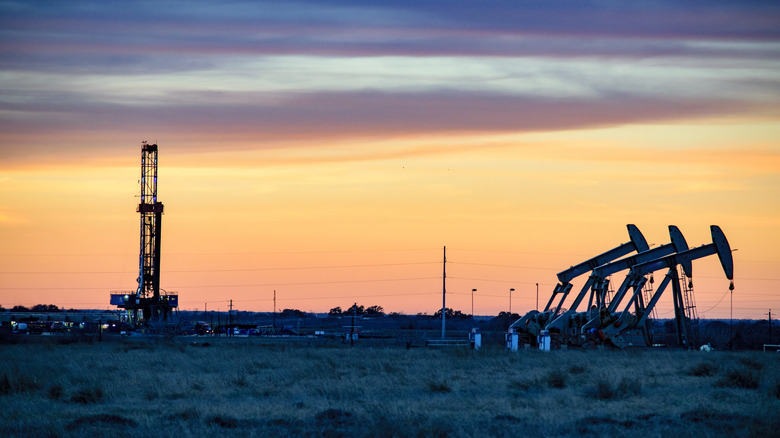There is nothing like the open road and its promise of freedom, adventure, and the thrill of the unknown. It’s ingrained in American culture, and iconic songs like Steppenwolf’s “Born to Wild” capture the sentiment of “head out on the highway.” However, one American highway carries a heavier toll than all the rest: US-285, also known as “Death Highway.” This nickname is not sensationalist; it is a clear warning to anyone considering driving this dangerous route.
Commissioned in 1926, Death Highway was originally an unpaved road intended for light, rural traffic. Now, the north-south U.S. highway is modernized and runs from Denver, Colorado, to Sanderson, Texas, passing through major cities like Buena Vista, Roswell, Carlsbad, and Pecos. However, the stretch of the road most drivers should be wary of is through New Mexico and Texas, specifically through the Permian Basin, an 86,000-square-mile region of hydrocarbon production. It is the oldest, most well-known, and productive oil and gas reserve in the U.S.
Here, US-285 serves as an essential line for industrial traffic, including tractor-trailers and trucks hauling large, heavy, and hazardous materials back and forth from the thousands of wells in the area. In addition to this dangerously loaded traffic, there are many smaller passenger vehicles. This creates a volatile driving environment that is just begging for an accident. Although the economic importance of crude oil and natural gas along US-285 is undeniable, with 30 billion barrels extracted since 1920, it comes at a deadly cost.
US-285: road challenges and the human cost

The most significant contributing factor to the danger of US-285 is the surge in oil field traffic within the Permian Basin. There is a disturbing correlation: As oil prices surged in 2017, fatalities on Death Highway also increased, with 93 lives lost in that single year, according to The Dallas Morning News. However, in 2015, as oil prices decreased, so did the number of deaths. Since using it, this industry has also left a mark on the road’s infrastructure. There have been reports of countless tire blowouts, sinkholes, and debris flying off the big oil rigs. In general, Death Highway has deplorable maintenance conditions, limited shoulders, many sharp turns, and narrow roads — making driving especially difficult.
Though the efforts to fix and upgrade the highway are ongoing, the traffic and the scale of necessary improvements suggest that the dangerous conditions of Death Highway will persist before they get any better. Despite the several reasons for its risky conditions, however, it isn’t the road that kills; it’s the drivers. Driver inattention is the leading cause of death on US-285, which is one of the most dangerous mistakes to make during your road trip. Some drivers are speeding on 18-wheelers (that aren’t always correctly maintained) running on four to six hours of sleep. “Using that road is like dodging bullets every day,” a local oil worker named Trujillo explained to Searchlight New Mexico.
Prioritizing safety on your road trips

Since the pandemic, the prospect of good old American road trip adventures has greatly increased, with two-thirds of Americans now more willing to hit the road than before, according to a 2021 survey by United Tires. However, safety should always come first, and avoiding this dangerous American highway for a safer road trip is an excellent start. This means planning your routes well in advance, researching the roads you will take, and finding alternatives to the dangerous ones, like US-285.
Knowing the roads you’re out to venture on may seem silly in the modern age, as relying on GPS and apps to plan a road trip is the norm. Nonetheless, mindlessly following a navigation app can lead you down roads better avoided. For those who must travel through Death Highway, it’s advised to be an extremely defensive driver by leaving sufficient space between your vehicle and others, staying focused to anticipate hazards, and looking in your rearview window as much as your front windshield.
While the open road calls to the spirit of adventure, it is crucial to heed the warnings that come with highways like US-285. Too many families have been affected by the loss of loved ones whose lives have been cut short on this unforgiving stretch of asphalt. Every accident should be a reminder of the highway’s dangers to travelers planning a great American road trip. If you’re planning one, steer clear of America’s Death Highway.

